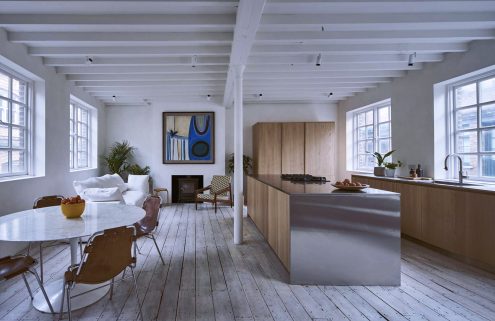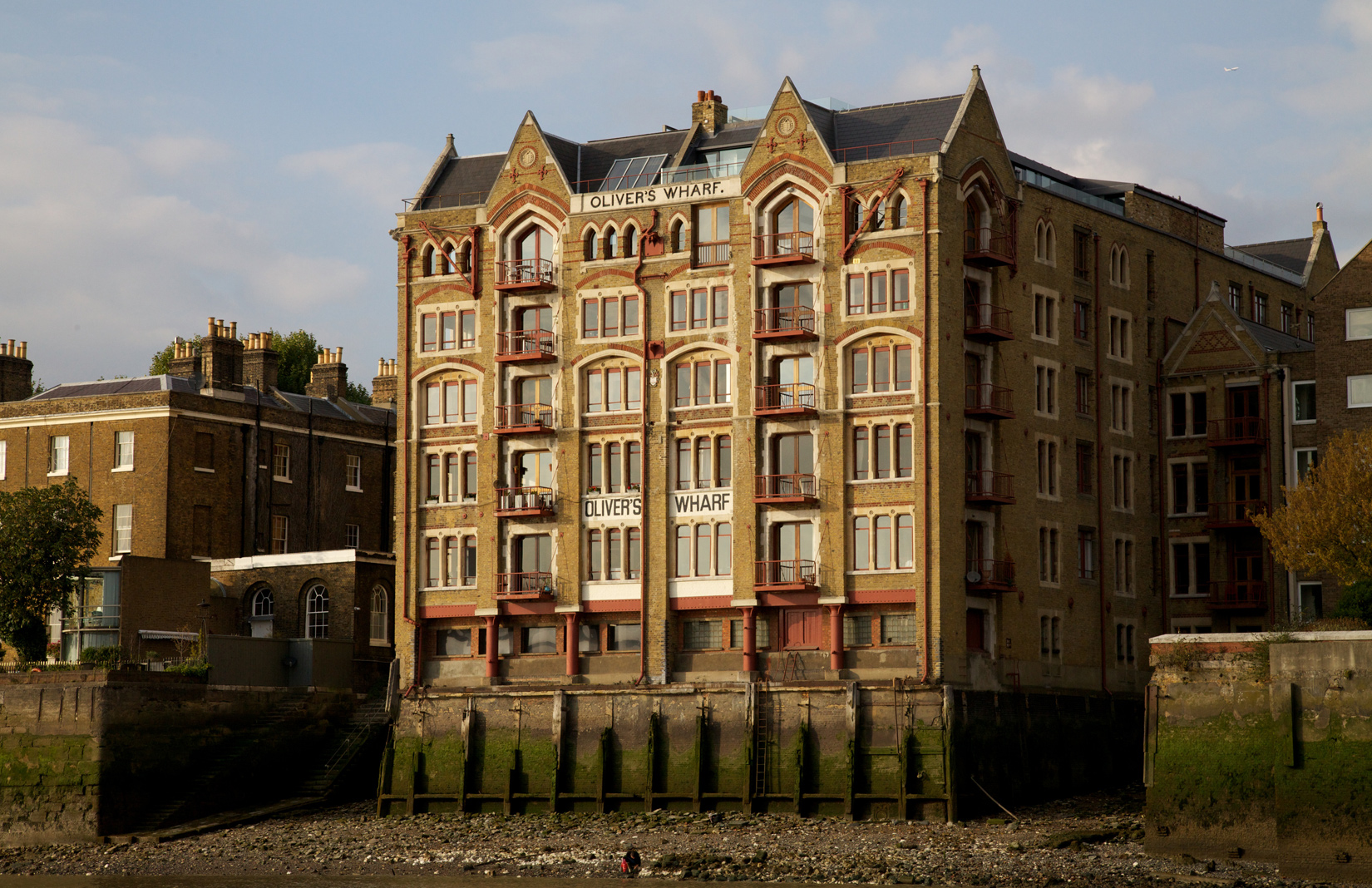In the last two centuries Wapping has come a long way from a Dickensian den of thieves to a place where penthouses cost millions, and historic warehouses and moribund industrial spaces are rapidly making way for restaurants and boutique hotels.
Later this year, scores of artists will move into new studio spaces that have been created as the £1.5bn reboot of ‘Fortress Wapping’, the former UK headquarters of News International. James Hyman, head of residential agency at Cluttons, believes it will prove the ‘biggest game-changer’ in the area’s history. And next month, at Tobacco Dock, a new hub for start-up firms will also launch.
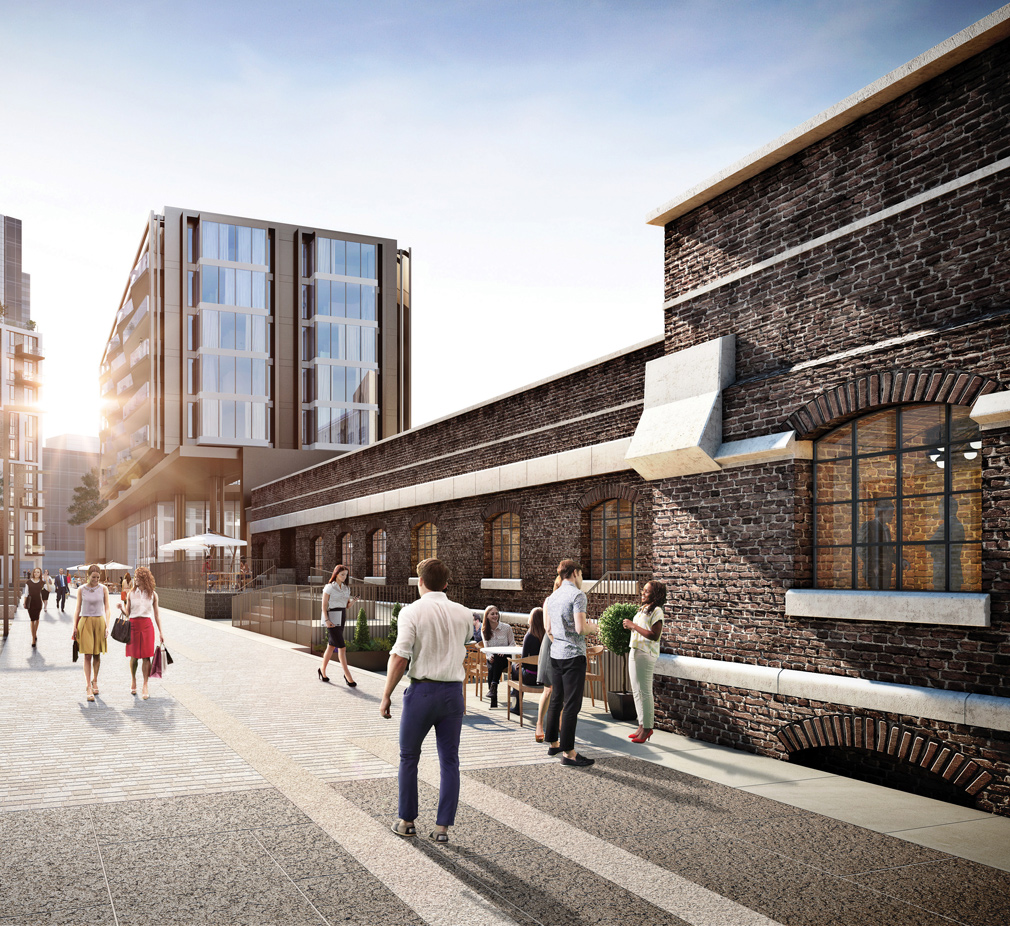
Research from Savills shows that, as a result of Wapping’s current vogueishness, its prime property prices are comfortably outperforming Prime Central London, up by almost four per cent in the last year. In the same period prime prices in areas like Knightsbridge and Belgravia fell 4.3 per cent.

The problem with all this growth is that local people (not to mention most normal Londoners) are inevitably being driven out by steep prices. Hyman estimates that a basic two-bedroom flat in Wapping today costs £700,000. And innovative and creative projects the have been quietly commandeering industrial buildings are evaporating in the face of interest from major companies.
Declan Fallon, director and founder of E1WF Architecture, based on Wapping High Street, believes the new building and reuse of sites in Wapping is an inevitable response to demand for housing in London. ‘They are Wapping’s contribution to population increase,’ he says.
Fallon’s hope is that an influx of new residents and workers will help support, by symbiosis, a range of new and innovative enterprises.
He is currently working alongside Ivanov Versteeg Architecture on a proposal to turn Shadwell Basin into a public lido with a children’s beach, performance space, a pool heated by water sourced heat pumps, and a bridge between the Canary Wharf and City sides of the area.

A project already up and running is the Tobacco Dock, a vast 172,222 sq ft warehouse which was reopened in 2012 as an events space hosting everything from awards ceremonies, to fashion shows to club nights.
In June this year, its vaults are scheduled to start welcoming tech companies and startups. The Boston-based Mass Challenge has taken 100 of the 600 desk spaces available, which it will distribute to what it describes as ‘early state entrepreneurs’.
Alongside all this re-use, Wapping is seeing some interesting new building. The penthouse at the 18 storey Wapping Lane development by Ballymore, recently sold at around the asking price of £3.95m
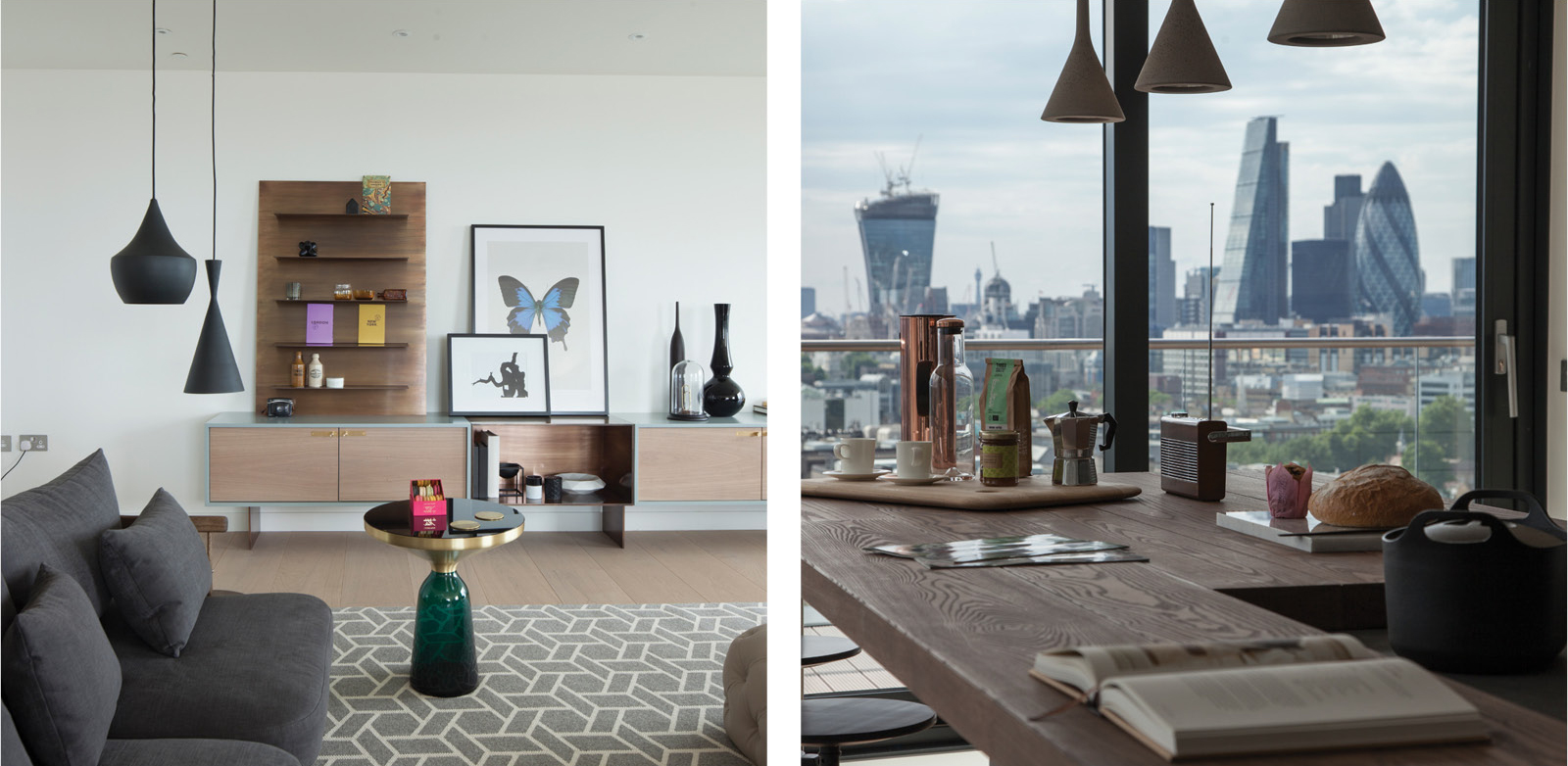
But the largest Wapping development is of the 15 acre Fortress Wapping site, which will include 1,800 new homes by architects Patel Taylor.
Work began a year ago (May 2014), and the first residents are due to move into London Dock, as it has been renamed, next year (2016), although the entire development will not be completed until 2026.
As well as housing, the site will include a new secondary school, shops, restaurants and 90 low-cost artist studios housed in a Grade II-listed former rum warehouse on Pennington Street.
Craig Carson, managing director of developer St George, promises that the area will become ‘London’s newest arts quarter’, although it is worth noting that the 20,000 sq ft of studio space is dwarfed by the 185,000 sq ft dedicated to shops, offices and ‘cultural and leisure’ uses.
While Wapping’s fine old buildings are undoubtedly finding new, 21st century uses, not all of the organic regeneration the area has enjoyed since the docks closed in the late 1960s is surviving the transition. In 2013 the Wapping Project, a restaurant/gallery/performance based at the Wapping Hydraulic Power Station, closed its doors.
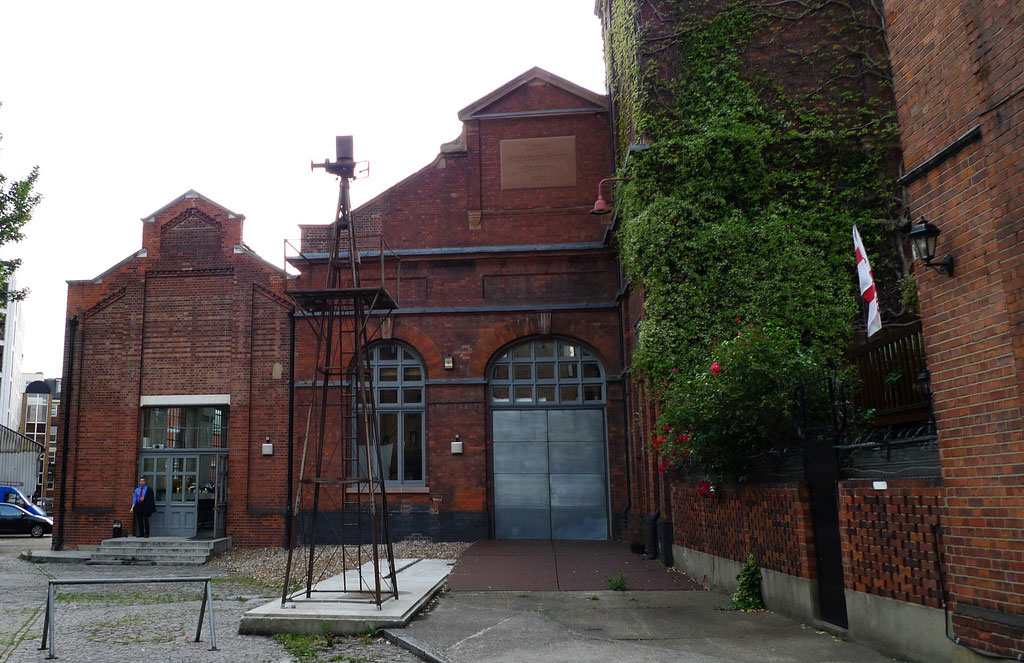
The building now belongs to property developer Nick Capstick-Dale who is in the process of drawing up plans for its future. ‘It is a building which needs to be used, and I think the best use for it would be a low key, quite cool hotel, with a restaurant and a spa,’ he said.
Hyman, meanwhile, believes that the Middle Eastern-owned Tobacco Dock is earmarked for a mixed use redevelopment down the line.
This kind of big money investment will not lend itself to either a gritty East London sort of vibe or to young creatives growing companies but Hyman believes affluent buyers will love it.
‘It is going to transform the area, bring it to a wider audience and add value,’ he said.
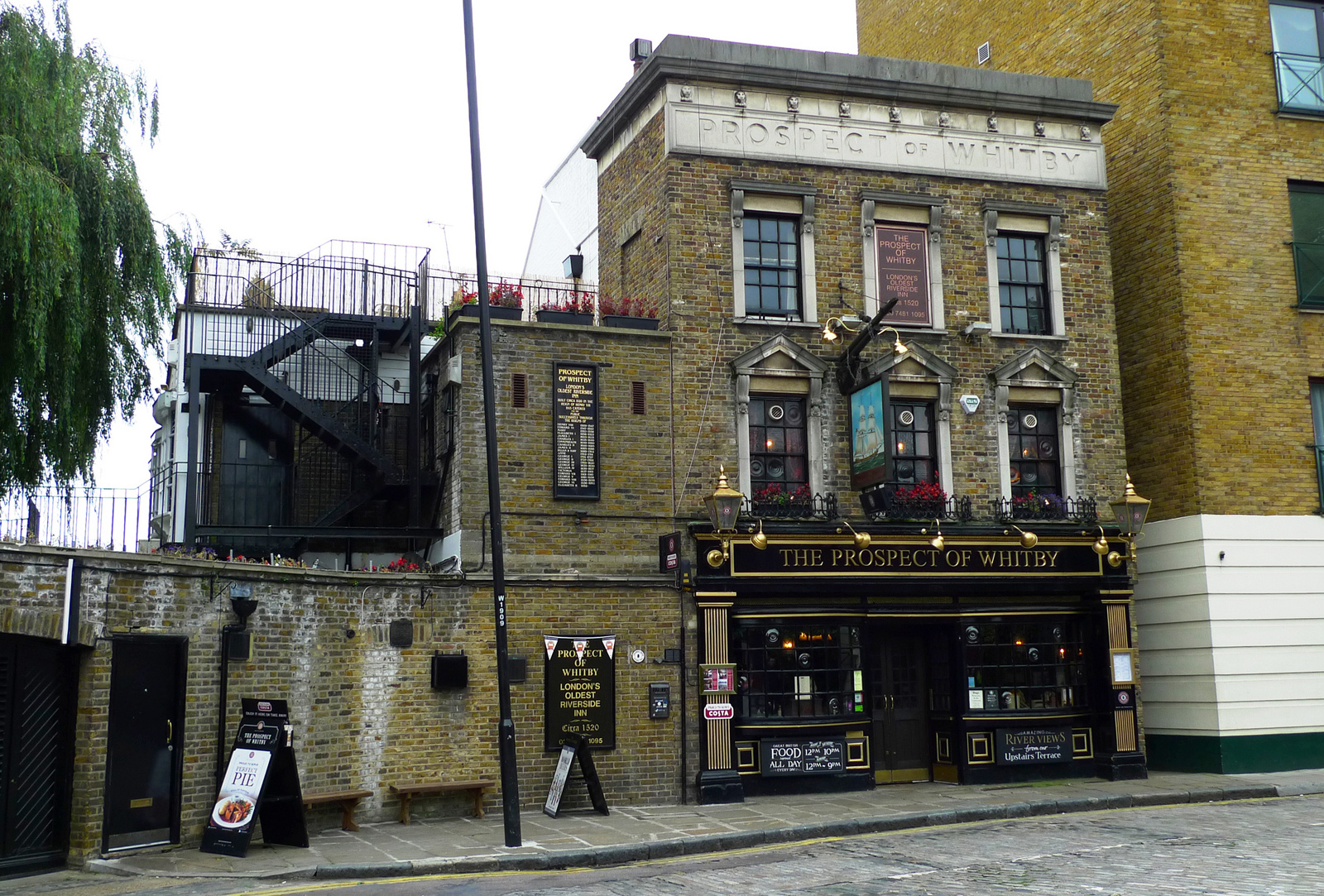
A brief history of Wapping
– The London Docks at Wapping were completed 200 years ago in 1815. The area quickly became synonymous with raucous taverns like the Prospect of Whitby (now a Taylor Walker-owned gastropub) where one could expect to find Charles Dickens or JMW Turner propping up the bar alongside an assortment of pirates, smugglers and thieves.
– With the containerisation of the shipping industry after World War II, Wapping’s star began to fade. The final dock closed in 1969.
– In the early 1970s the pioneering architect Tony Goddard converted a disused tea warehouse, Oliver’s Wharf, into a fashionable development with residents including the actor Alec Guinness – his apartment, all exposed brickwork and beams, is currently on the market with Cluttons estate agents for £2.5m.
– During the 1980s Oliver’s Wharf spawned many good quality niche warehouse developments beloved of 1980s and 90s city boys as well as some outstandingly dreary 1980s infill developments which James Hyman, head of residential agency at Cluttons, accurately describes as ‘Lego Land style housing’.
– Average prices in Wapping have risen by almost 90 per cent since 2005 according to Savills, from £325,801 to an average £611,017. Across London prices rose 81 per cent in the same period, to £525,223.
– In the last year prime prices in Wapping rose by almost four per cent – in the same period prime central London’s top prices fell by 4.3 per cent.
